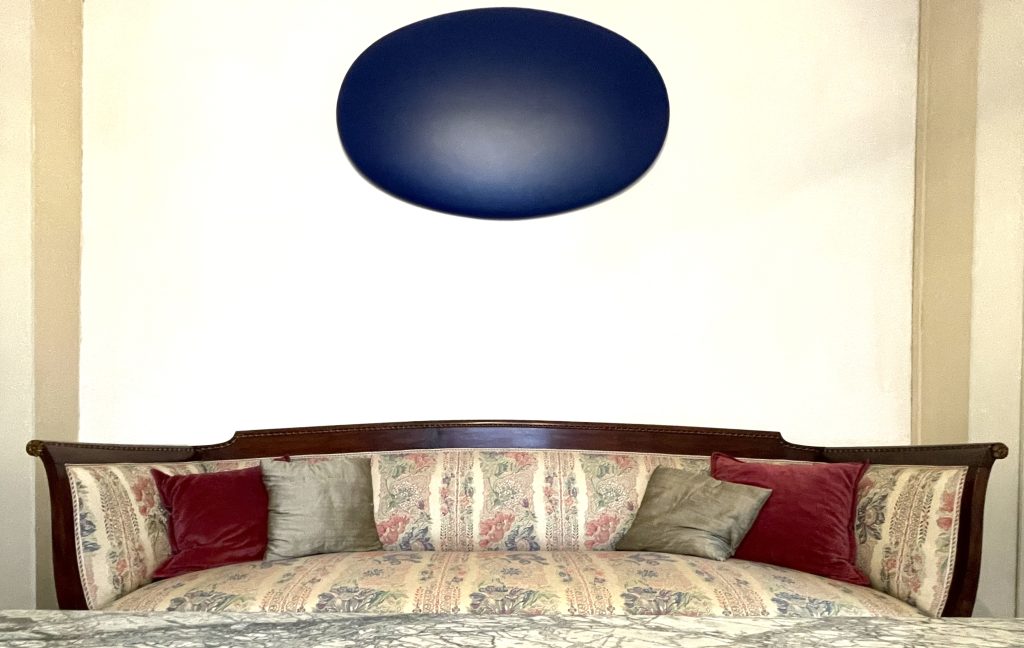
IL LUOGO INVISIBILE
Diego Esposito

May 11th 2024, from 5 to 9 pm
Villa Ca’Amata – Via Ca’Amata 11, Riese Pio X (TV, Italy)
curated by Marco Meneguzzo
Galleria Allegra Ravizza is pleased to present “Il Luogo Invisibile” (The Invisible Place), curated by Marco Meneguzzo, the first solo exhibition of master Diego Esposito hosted by the gallery at its venue in Ca’Amata in Castelfranco Veneto (TV), which for the occasion will open its doors to the public on Saturday, May 11, from 5 to 9 p.m.
For decades Diego Esposito has been working on a few essential concepts that relate the action and even just the presence of human beings to the world and the universe. To be in the world is to feel part of the incorporeal relationships that, like an invisible web, envelop us in every place we find ourselves. The artist, like a seer, perceives this flux and sets himself the task of unraveling the infinite web in which we are involved most of the time without our becoming aware of it. For this reason, the concepts of “place” and “relationship” are fundamental in his research, which, in an eccentric way with respect to the usual and stereotyped connections, aims to highlight some of them, the human being being being finite compared to the infinity of possible plots. This action thus unveils a different world, whose interface is usually not visible (because it is perhaps physically thousands of kilometers away), but we know that it exists, because the artist-traveler assures us that it does: starting from a “place” that means something to him, he builds a “physical” as well as ideal relationship with another equally significant place, and the work bears witness to this.
Thus, also in this exhibition in the “Enlightenment” spaces of Ca’ Amata, relationships and triangulations in space and time are established through the display of 17 important works by the artist, which are each time renewed by the fact that they are in different, but always conceptually very significant, places in the world.
Esposito’s artistic interest in change and the dimensions that arise from it has grown over the years in parallel with the expansion of individual consciousness and finds its full harmony in the relationship with the 18th-century dwelling with which the works create an inescapable dialogue of meaning.
